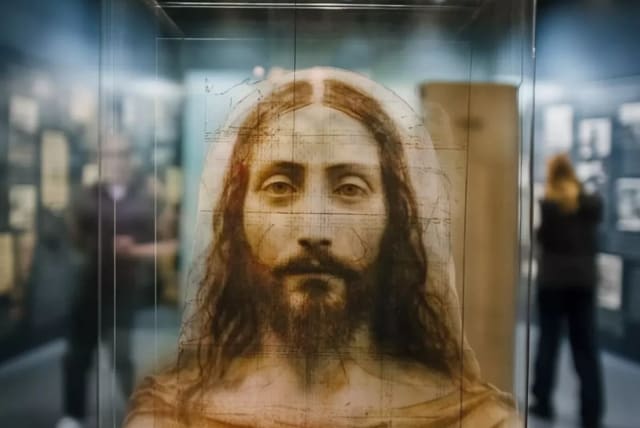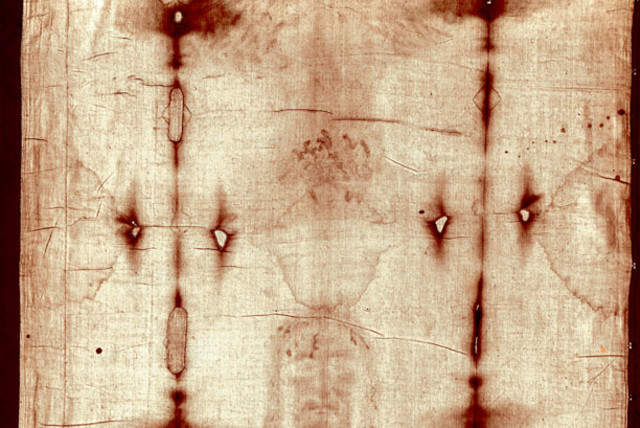AI uses Catholic relic to show what Jesus looked like

A realistic depiction of Jesus has been created using generative AI and a mysterious Catholic relic.
Artificial Intelligence has used the Shroud of Turin, a Catholic relic, to show a lifelike depiction of what Jesus may have looked like.
The Shroud of Turin is a is a 14-foot linen cloth which bears the faint image of a man on the front and back and is considered a holy relic by members of the Catholic Church as many believe it to be the burial shroud used to wrap the body of Jesus of Nazareth after his crucifixion.
The image of the man upon the shroud is believed to be a miraculously imprinted image of Jesus and thanks thanks to AI like such Midjourney, technology can use the image to produce a lifelike depiction of Jesus.
The AI-generated image shows a man with long hair and a beard with his eyes open and looking directly outward. The top portion of his body is also visible and he is wearing what appears to be a simple tunic.
The history of the Shroud of Turin is complicated and full of mystery and controversy.
Shrouded history
There are numerous reports of Jesus' burial shroud or an image of his head of unknown being venerated in various locations throughout Europe prior to the 14th century, however there is no reliable historical evidence to prove these were the Shroud of Turin.
A burial cloth, which some historians maintain was the shroud, was owned by the Byzantine emperors but vanished during the Sack of Constantinople in 1204. Historians have cited that the Order of Knights Templar did possess a relic showing the image of a bearded man on linen or cotton.
The shroud’s documented history begins in 1353 when it was on display at a collegiate church in the village of Lirey, France. The Bishop of Troyes, Pierre d'Arcis, who had jurisdiction over the church in Lirey, denounced the shroud as a fake. In 1390 the bishop wrote a letter to Pope Clement VII, arguing that the shroud was a clever forgery designed to extract money from believers who came to see the relic.
In 1453, ownership of the shroud passed to the House of Savoy. The shroud suffered damage from a fire in a chapel of Chambéry, capital of Savoy, in 1532 and nuns from the Order of Saint Clare attempted to repair it with patches.
In 1578, the Duke of Savoy had the shroud moved from Chambéry to Turin, in norther. Italy, and it has remained there ever since. It is held in the Chapel of the Holy Shroud at Turin Cathedral.
Jerusalem Post Store
`; document.getElementById("linkPremium").innerHTML = cont; var divWithLink = document.getElementById("premium-link"); if (divWithLink !== null && divWithLink !== 'undefined') { divWithLink.style.border = "solid 1px #cb0f3e"; divWithLink.style.textAlign = "center"; divWithLink.style.marginBottom = "15px"; divWithLink.style.marginTop = "15px"; divWithLink.style.width = "100%"; divWithLink.style.backgroundColor = "#122952"; divWithLink.style.color = "#ffffff"; divWithLink.style.lineHeight = "1.5"; } } (function (v, i) { });

